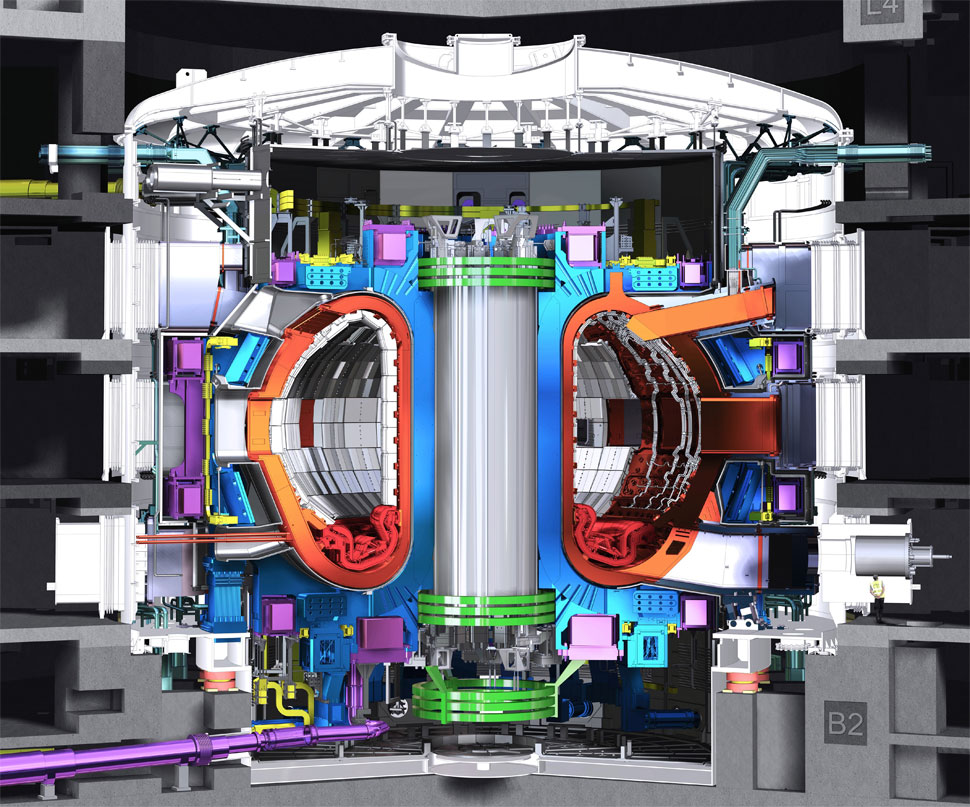

The ties that bind: genetic relatedness predicts the fission and fusion of social groups in wild African elephants. Behavioral Ecology and Sociobiology 60 (4): 536-549.

A complex social structure with fission–fusion properties can emerge from a simple foraging model. ↑ Ramos-Fernández, Gabriel, Denis Boyer, Vian P.Biomedical and Life Sciences 40 (1): 69-86. The socioecology of fission-fusion sociality in Orangutans. In some cases, animals may leave one parent group in favor of associating themselves with another, usually for reproductively motivated reasons. If they copulate, the female may stay with the male for several days and come into contact with his parent group, temporarily "fusing" into the male's community. This results in instances where, say, a female chimpanzee may generally belong to one parent group, but encounters a male who belongs to a neighboring community. Overlapping of so-called "parent groups" territorially is also frequent, resulting in more interaction and mingling of community members, further altering the make-up of the parent group. For example, a number of males may break off from the main group in order to hunt or forage for food during the day, but at night they may return to join (fusion) the primary group to share food and partake in other activities. In a fission-fusion society, the main parent group can fracture (fission) into smaller stable subgroups or individuals to adapt to environmental or social circumstances.

Permanent social networks consist of all individual members of a faunal community and often varies to track changes in their environment and based on individual animal dynamics. These societies change frequently in their size and composition, making up a permanent social group called the "parent group". So these nuclear changes enable a small quantity of matter to be a significant energy resource: for good or ill for power stations or bombs.This form of social organization occurs in several species of primates, though usually less organised and less social than bonobos (e.g., chimpanzees, gorillas, hamadryas, gelada baboons, orangutans, spider monkeys, and humans), African elephants, most carnivores including the spotted hyena, African lion, and cetaceans such as bottlenose dolphins, ungulates such as deer, and fish such as guppies. There is a large quantity of energy shifted from the nuclear store per fission or fusion, compared with much smaller changes in the chemical store per reaction. You'd have to provide more energy to pull the nucleus apart than before the energy was shifted to the kinetic stores. As the binding energy is now lower, so the nucleus is more tightly bound. The energy in the nuclear store is now lower, that's why we suggest a drop. Energy from the nuclear store is shifted to the kinetic stores of the outputs from the fission or fusion. In each of these cases there is a significant drop in the binding energy. Nuclei with more protons than iron can fission, or split, to attain a more stable state.

The most stable nucleus of the lot is iron: so nuclei with fewer protons than iron can fuse, or join, and end up in a more stable state. As there is movement towards a lower-energy state, the binding energy per nucleon increases: the resultant nuclei that are the outputs are further down the energy hill than the nuclei you started with. There are two cataclysmic possibilities for rearrangements of nuclei that result in a movement towards a lower-energy, more stable state: a large nucleus splits, or two small nuclei combine.


 0 kommentar(er)
0 kommentar(er)
